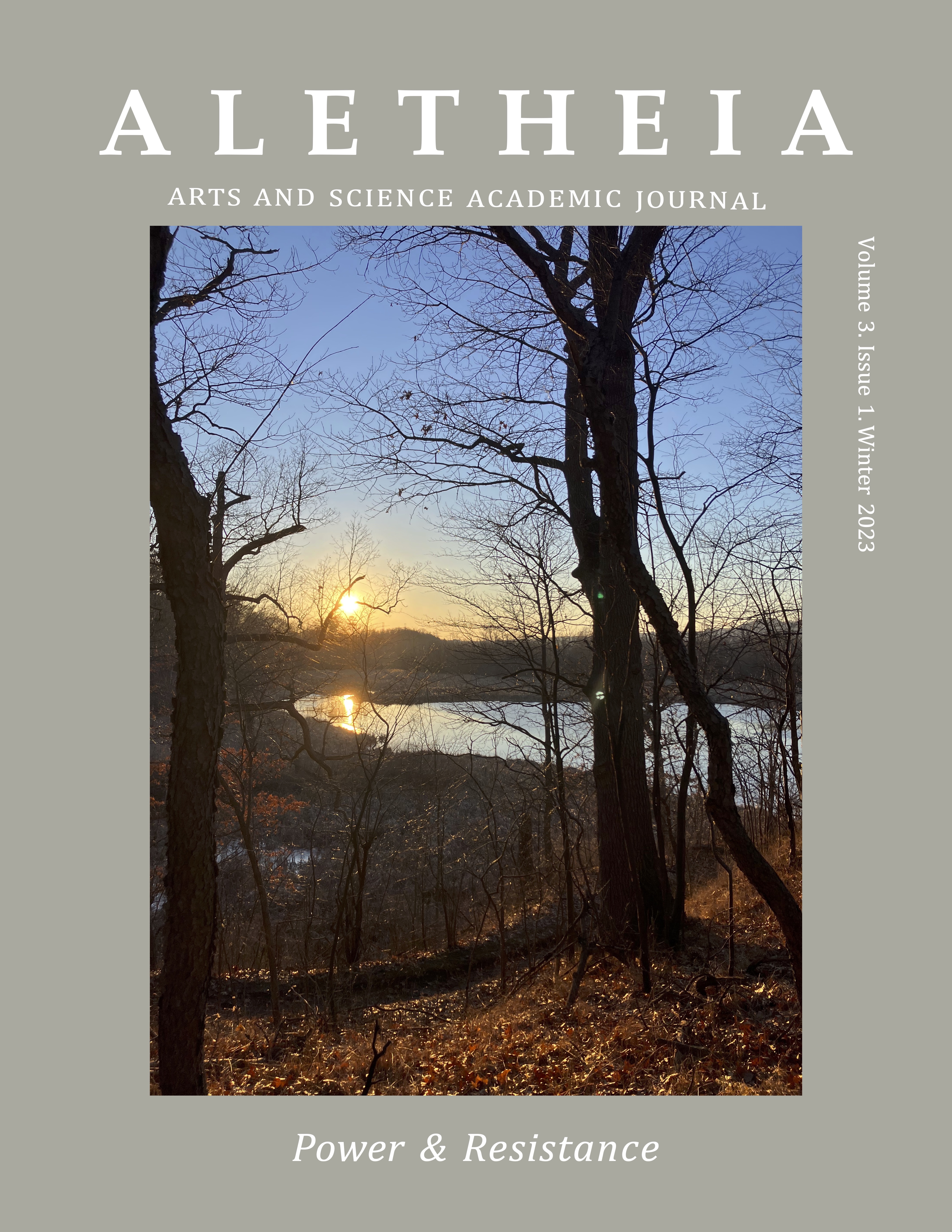Activism and Authority
ACT UP and TAC as Successful Arbiters of HIV Treatment Policy Change
DOI:
https://doi.org/10.15173/a.v3i1.3397Keywords:
HIV/AIDS, Activism, ACT UP, TAC, 1980s, 1990sAbstract
This paper investigates two AIDS activist organizations: the AIDS Coalition to Unleash Power (ACT UP) in the United States, and the Treatment Action Campaign (TAC) in South Africa, and their relationships to both pharmaceutical companies and their own governments. While both organizations set themselves in direct opposition to pharmaceutical companies, relationships with their respective governments differed dramatically. TAC, while very critical of its government, ultimately won its battles, and then devoted its energy to helping the government implement the new policy as effectively as possible; in contrast, ACT UP perceived itself to be in direct opposition to the American government and refused to show it any support. In this paper, I will argue that this dichotomy was in part defined by a divergent faith in the democratic processes which upheld the American and South African government. The TAC believed in the ability of South Africans to elect a representative government; ACT UP did not have the same confidence in Americans. TAC therefore perceived its government as an ally, while to ACT UP, the American government would always be an enemy.
References
Bridgland, Fred. 2003. “From Fred Bridgland in Johannesburg.” ACT UP NY. The Sunday Herald. https://actupny.org/indexfolder/Mbeki.pdf.
Butler, Anthony. 2005. “South Africa’s HIV/AIDS policy, 1994–2004: How can it be explained?” African Affairs, 104 no. 417: 591–614
CDC. 1998. “Current Trends First 100,000 Cases of Acquired Immunodeficiency Syndrome -- United States.” Centers for Disease Control and Prevention. Centers for Disease Control and Prevention. https://www.cdc.gov/mmwr/preview/mmwrhtml/00001442.htm#:~:text=In%20June%201981%2C%20the%20first,other%20opportunistic%20infections%20(1).
CDC. 2022. “HIV Treatment.” Centers for Disease Control and Prevention. Centers for Disease Control and Prevention. https://www.cdc.gov/hiv/basics/livingwithhiv/treatment.html.
Chen, R. Y., et al. 2006. “Distribution of health care expenditures for HIV-infected patients.” Clinical infectious diseases : an official publication of the Infectious Diseases Society of America, 42(7), 1003–1010.
Christiansen, Adrienne E., and Jeremy J. Hanson. 1996. “Comedy as Cure for Tragedy: Act up and the Rhetoric of Aids.” The Quarterly Journal of Speech 82, no. 2: 157–70.
de Kock, Christine. 2005. “Mixed Reactions to New Tac Condom Campaign.” Independent Online. IOL | News that Connects South Africans. https://www.iol.co.za/news/south-africa/mixed-reactions-to-new-tac-condom-campaign-233640.
De Zulueta P. 2001. “Randomised Placebo-Controlled Trials and HIV-Infected Pregnant Women in Developing Countries: Ethical Imperialism or Unethical Exploitation?” Bioethics 15 (4): 289–311.
Fernandez Lynch, H., Joffe, S. & McCoy, M.S. 2021. “The limits of acceptable political influence over the FDA.” Nat Med 27, 188–190.
France, David. 2016. How to Survive a Plague. New York: Vintage Books Publishing.
Friedman, Steven, and Shauna Mottiar. 2005. “A Rewarding Engagement? The Treatment Action Campaign and the Politics of HIV/AIDS.” Politics & Society 33 (4): 511–65.
Grebe, Eduard. 2016. “The Ambiguities of the ‘partnership’ Between Civil Society and the State in Uganda’s AIDS Response During the 1990s and 2000s as Demonstrated in the Development of TASO.” Global Public Health : an International Journal for Research, Policy and Practice. 11, no. 4: 496–512.
Hansen, Robert W., Paul L. Ranelli, and L. Douglas Ried. 1995. “Stigma, Conflict, and the Approval of Aids Drugs.” Journal of Drug Issues 25 (1): 129–39.
Harrington, Mark. 1992. “Comment.” Journal of the American Statistical Association. 87 (418): 573–76.
Heywood, Mark. 2015. “The Treatment Action Campaign’s Quest for Equality in HIV and Health: Learning from and Lessons for the Trade Union Movement” Global Labour Journal 6 (3): 314-335
HIV.gov. “What Are HIV and AIDS?” HIV.gov, June 15, 2022. https://www.hiv.gov/hiv-basics/overview/about-hiv-and-aids/what-are-hiv-and-aids.
Karim, Quarraisha Abdool, Karim, Salim S Abdool. 2002. “The evolving HIV epidemic in South Africa” International Journal of Epidemiology, 31 (1): 37–40
Li R, Duffee D, Gbadamosi-Akindele MF. 2022. “CD4 Count.”. In StatPearls. Treasure Island (FL): StatPearls Publishing.
Los Angeles Times. 1988. “Police Arrest AIDS Protesters Blocking Access to FDA Offices.” Los Angeles Times, https://www.latimes.com/archives/la-xpm-1988-10-11-mn-3909-story.html.
Medley, Raan. 1996. “MARK HARRINGTON WAS WRONG: ACT UP & TAG: A Brief History of AIDS Treatment ACTAGanism.” The act up historical archive. https://actupny.org/treatment/Medley.html.
Robins, Steven. 2004. “‘Long Live Zackie, Long Live’: AIDS Activism, Science and Citizenship after Apartheid.” Journal of Southern African Studies 30 (3): 651–72.
Rodriguez, Sarah B. 2022. “Pregnant Women, HIV, and Clinical Research to Prevent Perinatal Transmission in the 1990s.” Journal of Contemporary History 57 (4): 878–94.
Section 27. n.d. “Chapter 2: Taking on Goliath: The PMA Case.” Standing Up For Our Lives. https://standingupforourlives.section27.org.za/chapter-2/.
The Guardian. 2003. “Call for 'Dishonest' Mbeki to Apologise for Aids Gaffe.” The Guardian. Guardian News and Media. https://www.theguardian.com/world/2003/sep/28/southafrica.aids.
UNAIDS. 1998. “AIDS Epidemic Update: December 1998.” Data.UNAIDS.org. UNAIDS. https://data.unaids.org/publications/irc-pub06/epiupdate98_en.pdf
Zonana, Victor. 1989. “AIDS Groups Urge Firm to Lower Azt Price.” Los Angeles Times. Los Angeles Times. https://www.latimes.com/archives/la-xpm-1989-08-31-mn-1928-story.html.
Downloads
Published
Issue
Section
License
Copyright (c) 2023 Aletheia

This work is licensed under a Creative Commons Attribution-NonCommercial-NoDerivatives 4.0 International License.
All Rights Reserved





